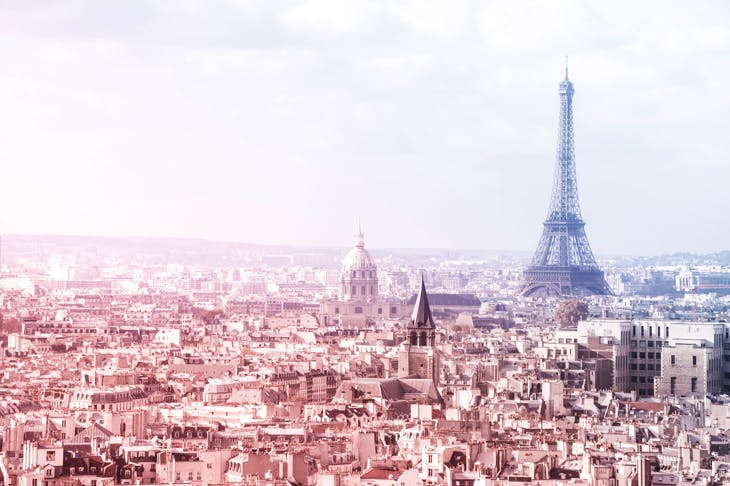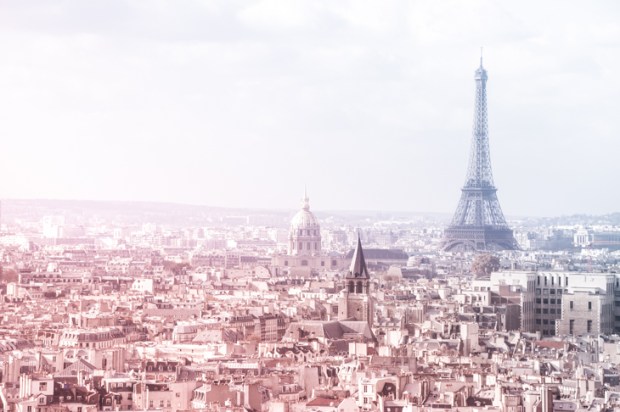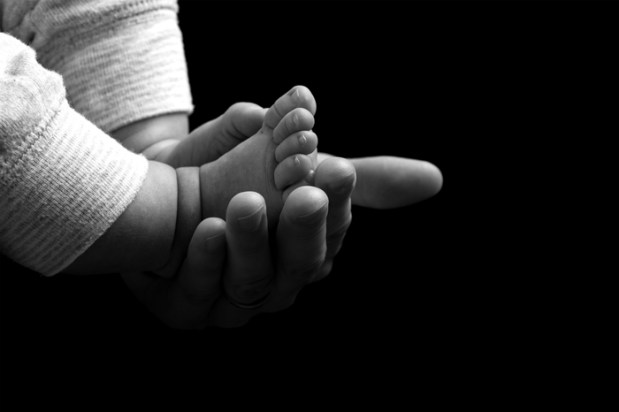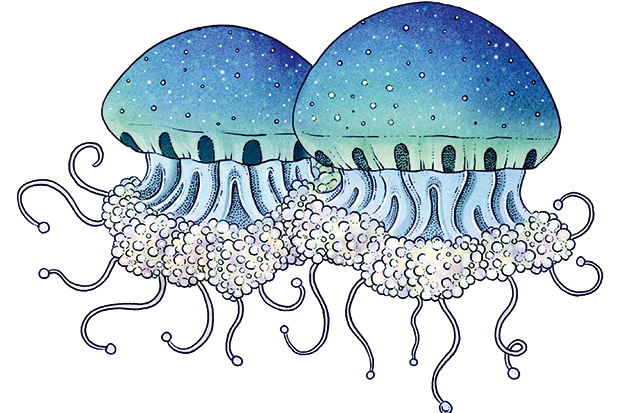At the start of this novella the protagonist, Thibaut, is ambushed by Wehrmacht soldiers between the ninth and tenth arrondissements. That the year in 1950 is not the strangest aspect, as he is rescued by the appearance of the Vélo, a bicycle-like contraption with a queasily organic prow. It is, in fact, a living version of Leonora Carrington’s 1941 sketch ‘I Am an Amateur of Velocipedes’. In this initially joyous, fundamentally chilling book, the art of the surrealists has been weaponised in the fight against Nazism. Surrealism billed itself as a liberation; now is it part of the Liberation. ‘New Paris’ is stalked by versions of André Breton’s ‘Exquisite Corpse’, sunflowers from Dorothea Tanning, Grace Pailthorpe’s ‘Sandbumtious’ and Max Ernst’s ‘Celebes’ — abbreviated as ‘manifs (demonstrations).The Eiffel Tower is still there, damaged, with only its top floating extant. The Nazis have difficulty fighting back. Paris is contained and they are losing the aesthetic arms race, given how imitative and second-rate fascist art is. They have, therefore, entered into an expedient pact with Hell.
Nazis in league with demons is a well-handled trope (the film Hellboy, the comic Fiends of the Eastern Front), but Miéville makes the concept his own by having it as another of their clichés; schlock-horror kitsch pitched against avant-garde innovation. He is too subtle not to build into the novella an awareness of the belligerence of early 20th-century art: the paeans to destruction in Marinetti; the infamous quote by Breton that the simplest act of surrealism is to ‘fire randomly into a crowd’; and Dalí’s boast that surrealism was ‘destructive’. (He gets short shrift here, blessedly.)
Thibaut will eventually encounter Sam, whom he assumes is an American Special Operations officer, but who claims she is a curator, documenting the extravagances of New Paris, and there is a plan to be foiled. Alternate chapters intercut their story with the creation of the ‘S-bomb’ that unleashed the art. But Miéville also includes a concluding essay about the (purely fictitious) origin of the story and a guide to the works of art both vivified and vivisected throughout. It’s a more capacious and nuanced version of surrealism than the recent blockbuster exhibition at Scottish National Gallery of Modern Art. The book manages to be a caprice and a chrestomathy at the same time, a rollicking display of Miéville’s panache and a serious study of how art can resist, and how it is inadequate as resistance. As the novel hints early on, remember what Hitler wanted to be.
The previous novella by Miéville was as stark and sinister as a Delvaux skeleton; this is a more riotous affair in both senses of the word. There is more of the precise and arcane vocabulary, more of the exuberant teratology, more of the quietly insistent politics. There are plenty of Easter eggs for second readings — the Nazi occult surgery features ‘at one end of the dissection table, a sewing machine, at the other an umbrella’. Thibaut’s grieving backstory does not involve Nazis, demons or ambulant artworks but Arendt-style ‘banalities’. With its fractured oppositions, bad taste, demagoguery and monstrous alliances it seems all too relevant. As Breton wrote, ‘the imaginary is what tends to become real’.
Got something to add? Join the discussion and comment below.
Get 10 issues for just $10
Subscribe to The Spectator Australia today for the next 10 magazine issues, plus full online access, for just $10.














Comments
Don't miss out
Join the conversation with other Spectator Australia readers. Subscribe to leave a comment.
SUBSCRIBEAlready a subscriber? Log in